30. May, 2025delish0
Dust-free slitting of ultra-thin materials through capacitor film slitting machines requires comprehensive measures from equipment design, environmental control, process optimization and material handling. Here are the key steps and technical highlights:
1. Equipment optimization and transformation
• High-precision slitting knife system
◦ Diamond or ceramic-coated knives are used to keep the cutting edge sharp and reduce dust and burrs when cutting.
◦ Laser tool setting technology is used to ensure blade parallelism and clearance accuracy (usually controlled within ±1 μm).
• Contactless slitting technology
◦ For ultra-thin materials (e.g., < 5μm), air flotation or electrostatic suspension technology can be used to avoid mechanical contact and reduce friction dust.
• Closed-loop tension control
◦ Constant tension control (e.g., 0.5-2N/mm²) by means of magnetic particle brakes or servo motors to prevent cracking and debris caused by material shaking or stretching.
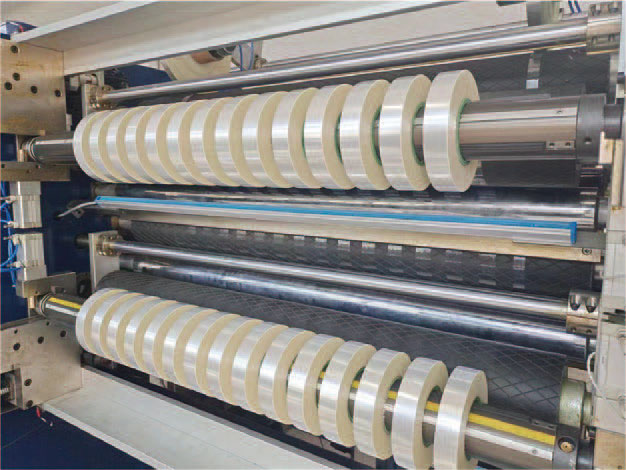
2. Dust-free environment guarantee
• Cleanroom grading
◦ The slitting area must meet ISO Class 5 or higher cleanliness standards, and the temperature and humidity control (22±1°C, 45±5% RH).
• Local dust removal device
◦ Install a HEPA filtration system (filtration efficiency ≥ 99.97% @0.3μm) and a negative pressure dust suction port near the slitting point to absorb the particles generated in real time.
• Ionized air to eliminate static electricity
◦ Install an ionizing rod or ionizing fan to eliminate the static electricity of the material (the surface resistance is controlled at 10⁶-10⁹Ω) to avoid dust adsorption.
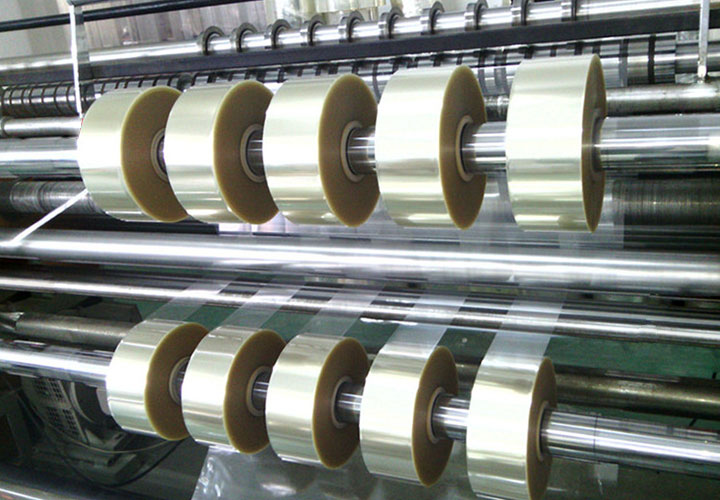
3. Material and process optimization
• Film pretreatment
◦ Clean the material (e.g., plasma cleaning or alcohol wiping) before slitting to remove surface impurities.
• Low-speed high-precision slitting
◦ It is recommended to control the slitting speed of ultra-thin materials at 50-200m/min, combined with ultrasonic vibration cutting technology to reduce stress.
• In-line defect detection
◦ Integrated CCD camera or laser scanner to monitor the quality of the slitting edge in real time and automatically reject defective sections.
4. Automation and intelligence
• Robot loading and unloading
◦ Use the robotic arm to automatically change the roll to reduce the pollution caused by manual intervention.
• Data traceability system
◦ Record slitting parameters (tension, speed, temperature, etc.) and optimize the process through AI algorithms to reduce defect rates.
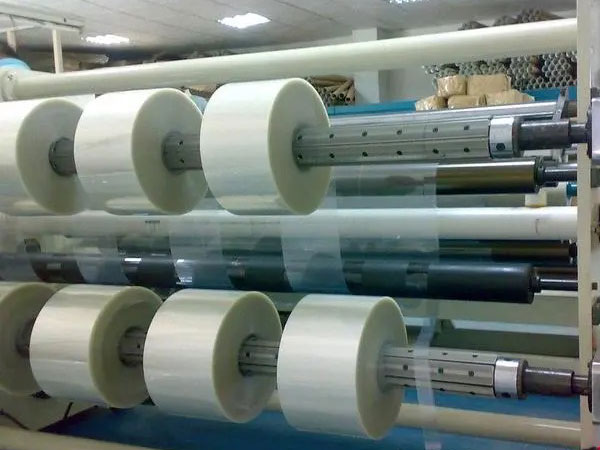
5. Maintenance and consumables management
• Regular cleaning and maintenance
◦ Clean the tool groove and guide rails every 8 hours, and replace the HEPA filter (need to be replaced when the differential pressure > 200Pa).
• Low dust guide rollers
◦ Carbon fiber or chrome-plated guide rollers are used, and the surface roughness is Ra≤0.2μm to reduce friction particles.
Typical application cases
• Lithium battery separator slitting: 6μm thick PE separator slitting in Class 4 clean room, dust control at ≤5 particles/ft³ (≥0.5μm).
• Optical film slitting: through ultrasonic slitting + online AOI detection, burr < 10μm dust-free slitting.
Through the above measures, the dust pollution in the slitting process can be significantly reduced, and the high cleanliness requirements of ultra-thin materials in semiconductors, new energy and other fields can be met. In practice, the parameters need to be adjusted according to the material characteristics (such as PET, PP, PI, etc.).



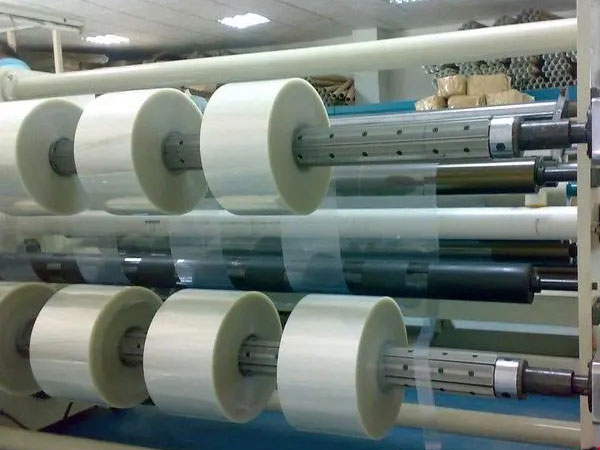
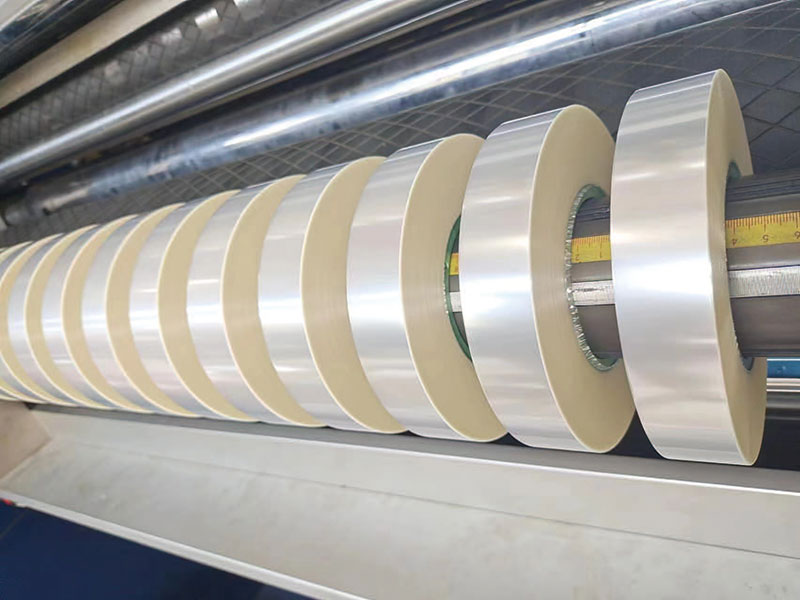
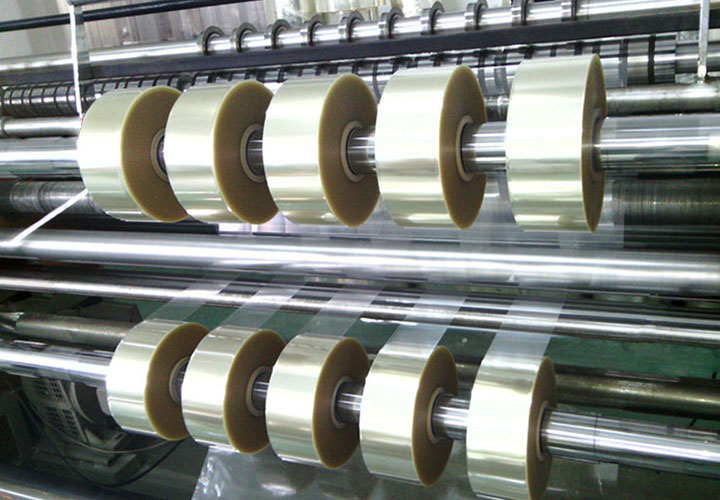
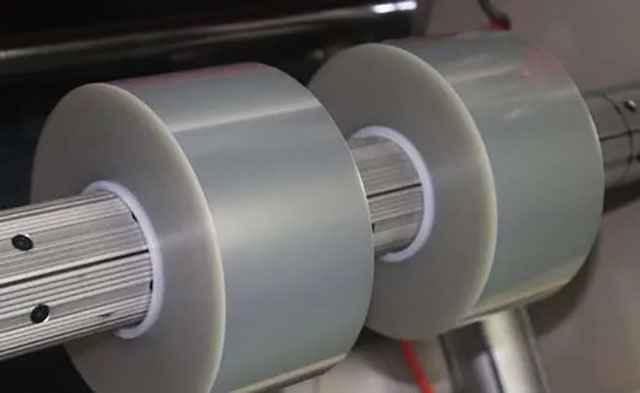
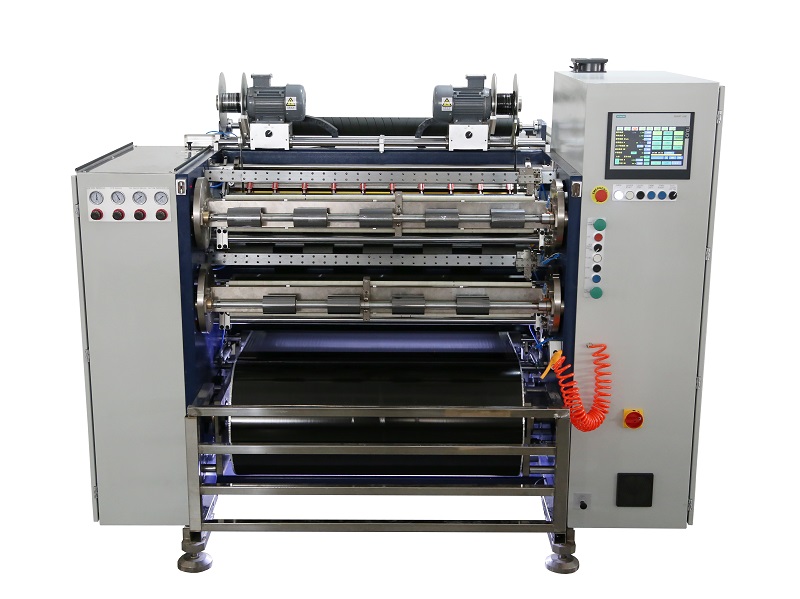 Fully Automatic TTR Slitter RSDS8 Plus
Fully Automatic TTR Slitter RSDS8 Plus Hot Stamping Foil Slitter 1600mm
Hot Stamping Foil Slitter 1600mm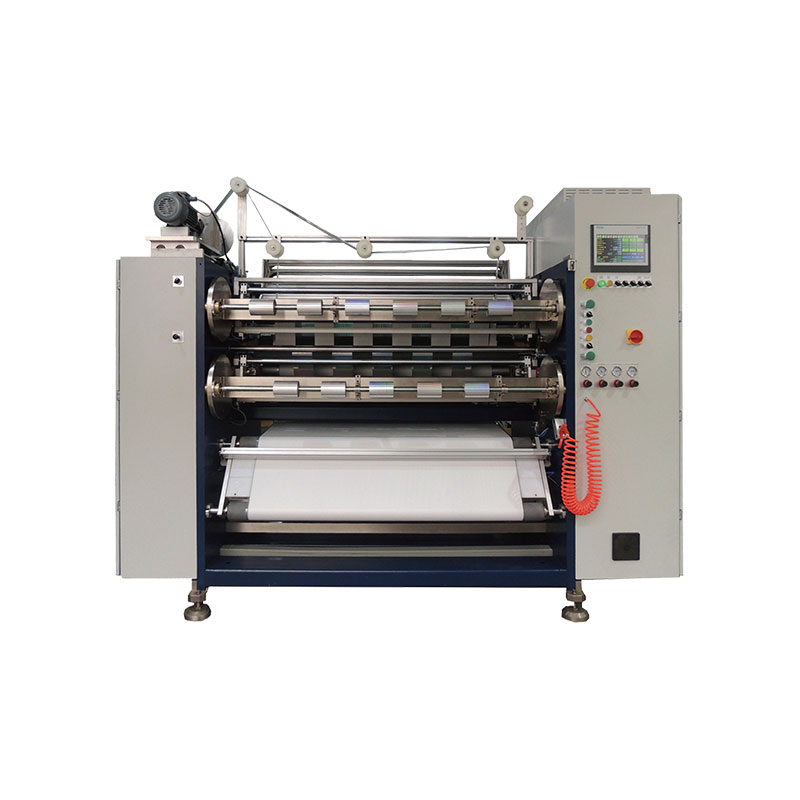 Hot Stamping Foil Slitter (4 Shafts)
Hot Stamping Foil Slitter (4 Shafts)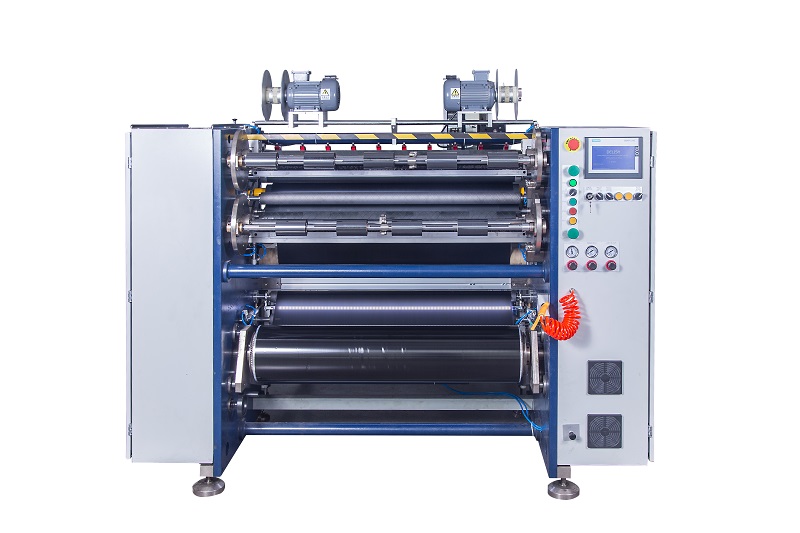 Semi-Auto TTR Slitter RSDS2 Plus
Semi-Auto TTR Slitter RSDS2 Plus Semi Automatic TTR Slitter RSDS5 Plus
Semi Automatic TTR Slitter RSDS5 Plus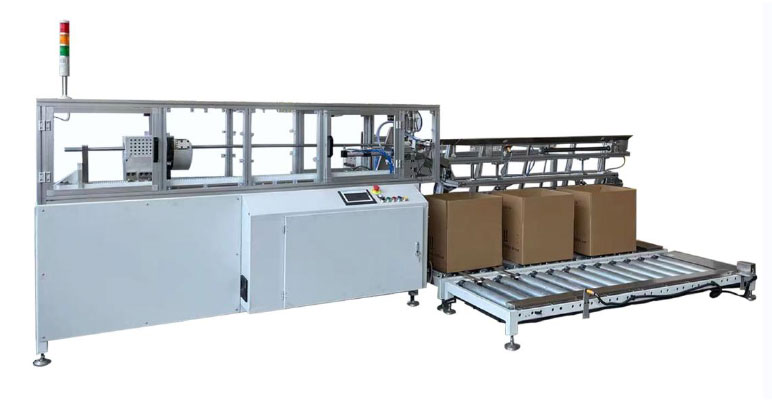 Auto Paper Core Cutter
Auto Paper Core Cutter Manual TTR Slitter RSDS2
Manual TTR Slitter RSDS2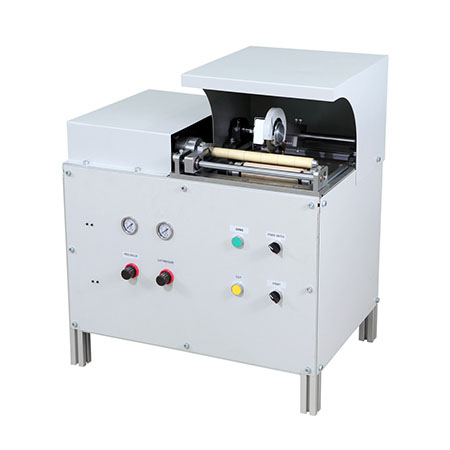 Manual Paper Core Cutter
Manual Paper Core Cutter





